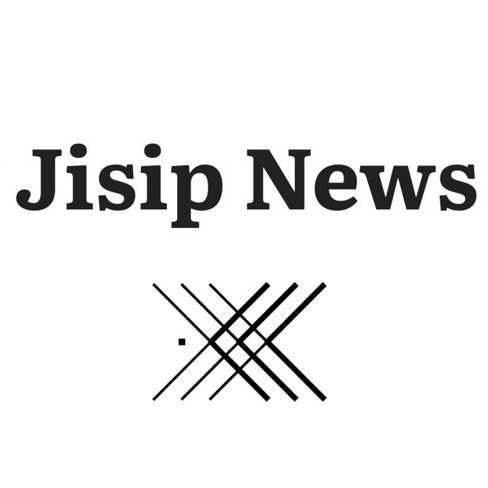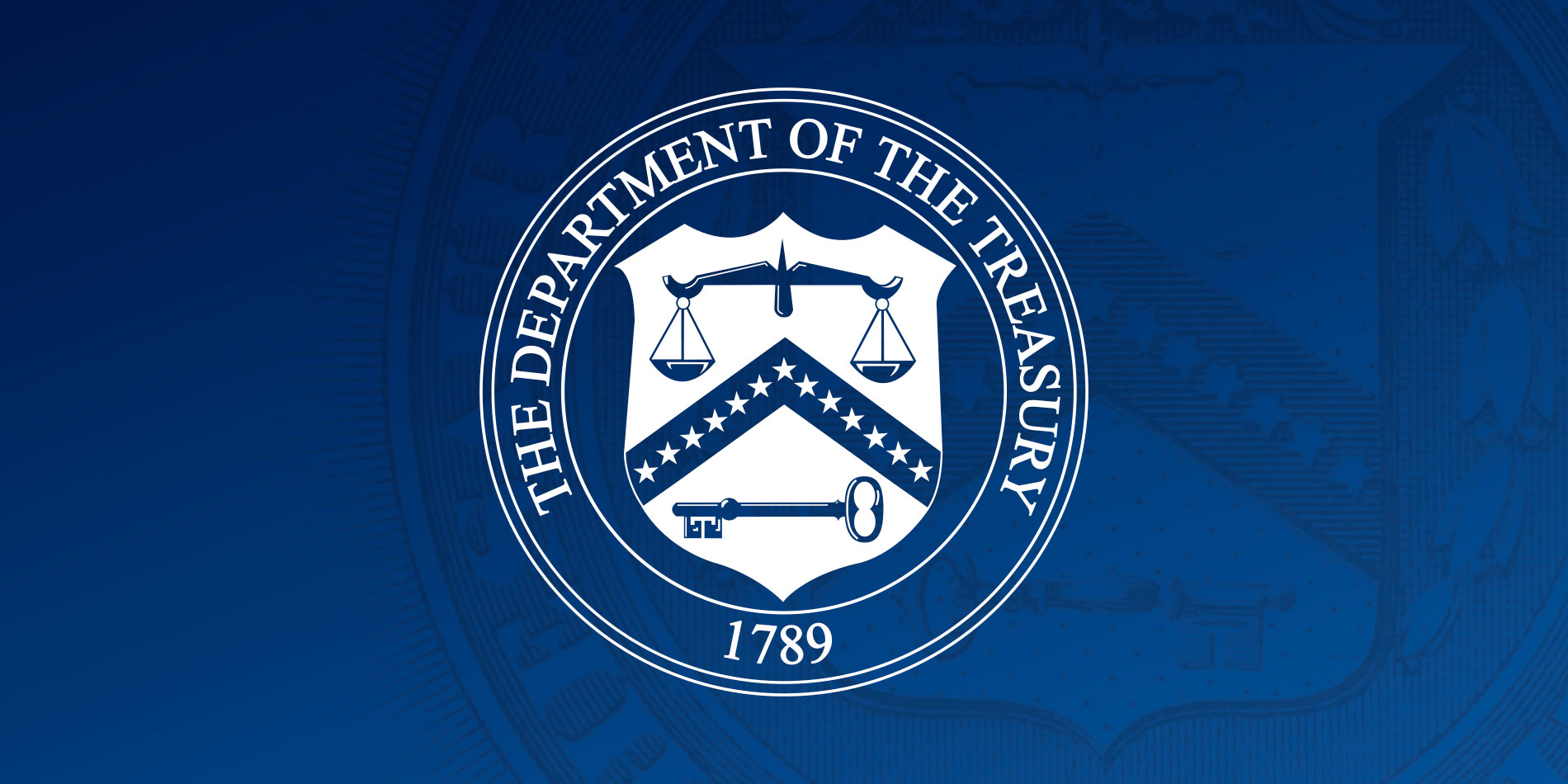WASHINGTON — On April 10, 2023, the U.S. Department of the Treasury published the 2023 De-risking Strategy pursuant to the Anti-Money Laundering Act of 2020 (AMLA). This fact sheet summarizes key findings and policy recommendations to address the issue of de-risking, which refers to financial institutions terminating or restricting business relationships indiscriminately with broad categories of customers rather than analyzing and managing the specific risks associated with those customers.
The report’s key findings are:
- Profitability is the primary factor in financial institutions’ de-risking decisions, but the profitability is influenced by a range of factors, such as a financial institution’s available resources and the cost of implementing Anti-Money Laundering/Countering the Financing of Terrorism (AML/CFT) compliance measures and systems commensurate with the risk posed by a customer, among other factors.
- The customers facing de-risking challenges most acutely include:
- Small and medium-size Money Service Businesses (MSBs) that offer money transmitting services.
- Non-Profit Organizations (NPOs) operating abroad in high-risk jurisdictions.
- Foreign financial institutions with low correspondent banking transaction volumes, particularly those operating in financial environments characterized by high AML/CFT risks.
This report recommends that the federal government:
- Promote consistent supervisory expectations, including through training to federal examiners, that consider the effects of de-risking;
- Analyze account termination notices and notice periods that banks give NPO and MSB customers and identify ways to support longer notice periods where possible;
- Consider proposing regulations that require financial institutions to have reasonably designed and risk-based AML/CFT programs supervised on a risk basis, possibly taking into consideration the effects of financial inclusion;
- Consider clarifying and revising AML/CFT Bank Secrecy Act (BSA) regulations and guidance for MSBs;
- Bolster international engagement to strengthen the AML/CFT regimes of foreign jurisdictions;
- Expand international cooperation and consider creative options, such as regional consolidation projects, with our international counterparts;
- Support efforts by international financial institutions to address de-risking through related projects and technical assistance;
- Continue to assess the opportunities, risks, and challenges of innovative and emerging technologies for AML/CFT compliance solutions;
- Build on Treasury’s work to modernize the U.S. sanctions regime and its recognition of the need to specifically calibrate sanctions to mitigate unintended economic, political, and humanitarian impacts;
- Reduce burdensome requirements for processing humanitarian assistance transactions;
- Track and measure aggregate changes in banking relationships with respondent banks, MSBs, and NPOs; and
- Encourage ongoing public and private sector engagement with MSBs, NPOs, banks and regulators.
As noted in the strategy, these policy options offer the potential for positive impact that outweigh the assessed risk and leverage Treasury’s relevant policy tools and authorities. While no individual recommendation is likely to be transformative on its own, Treasury believes the recommendations will have positive cumulative effects on the issue of de-risking.
###
Official news published at https://home.treasury.gov/news/press-releases/jy1439


